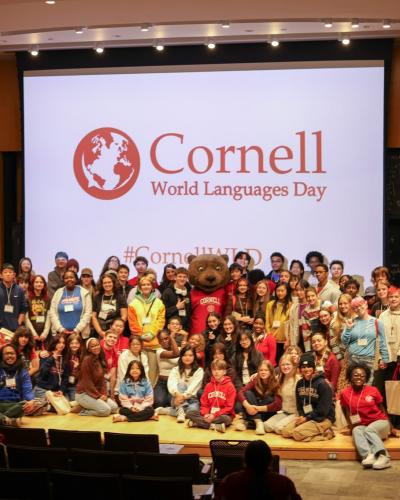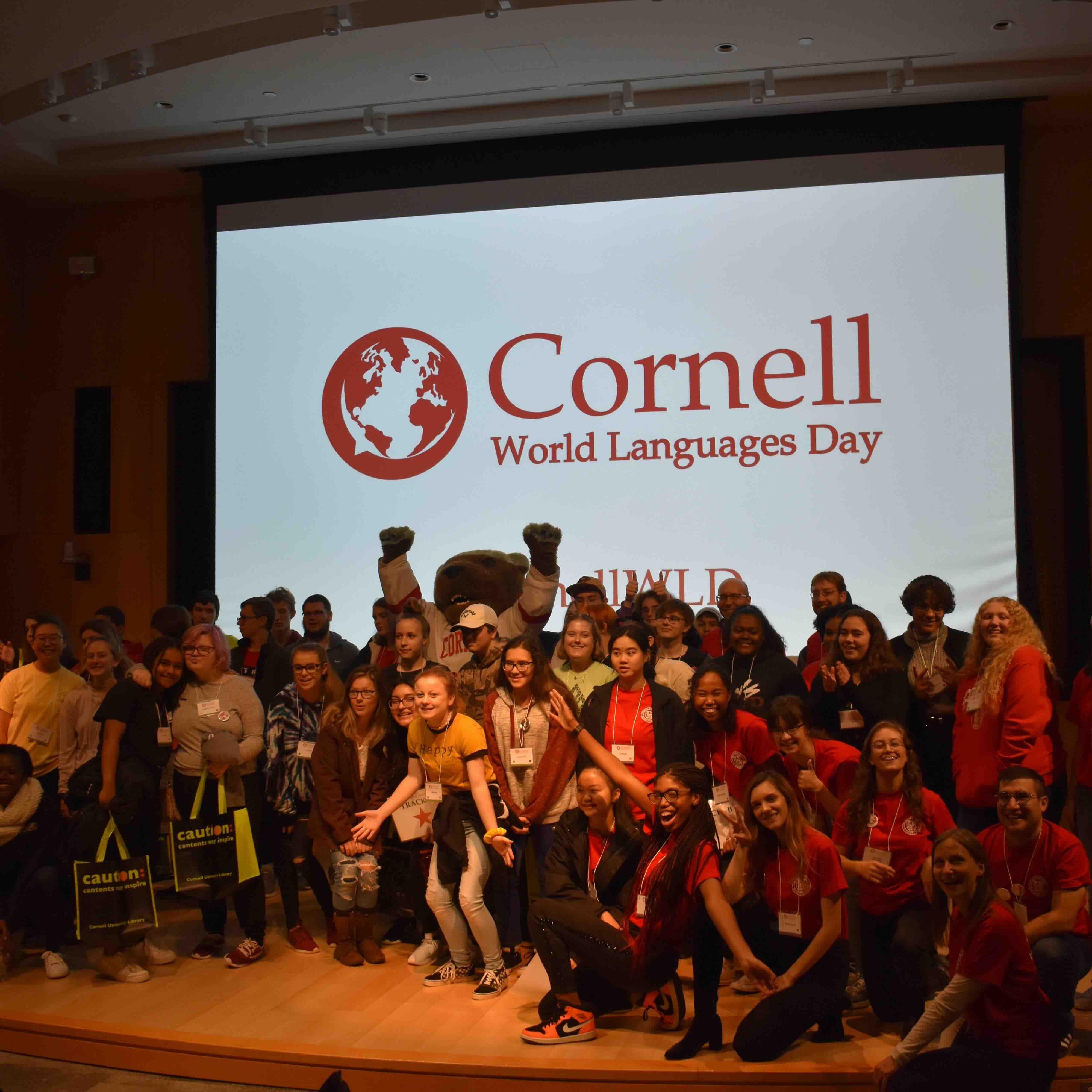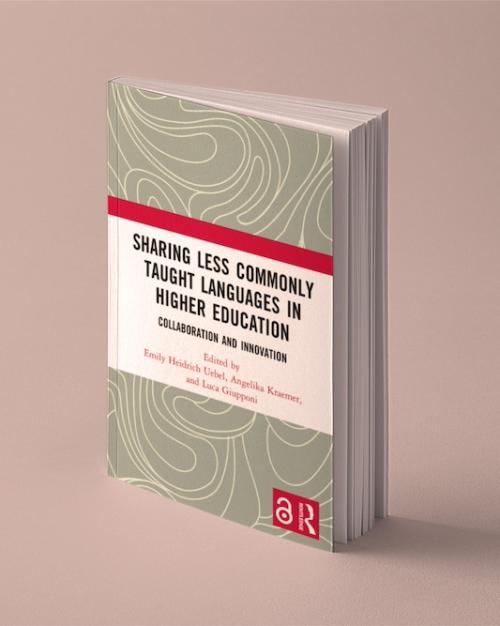What language did you study in college?
Chances are, we can guess within three tries: French, Spanish or German. This small handful of popular languages attract most of the enrollments and take most of the educational resources, making instruction in Less Commonly Taught Languages (LCTLs) difficult to sustain, says Angelika Kraemer, director of the Language Resource Center in the College of Arts and Sciences (A&S). As she writes in a new book on the topic she’s co-edited, LCTLs make up less than 25% of enrollments in world language courses in higher education in the U.S.
In the collection “Sharing Less Commonly Taught Languages in Higher Education: Collaboration and Innovation,” Kraemer and other scholars of language instruction highlight how institutions, programs, and LCTL instructors can collaborate and think across institutional boundaries to strengthen language offerings.
“We hope to shine a light on the wonderful work that is already happening across the U.S.,” Kraemer said.
Contributors also show how innovation and reform can make LCTL programs and courses more attractive to students whose interests and needs might be overlooked in traditional language programs. Cornell leads in some of these innovations; as part of the Shared Course Initiative (SCI), which is described in the book, Cornell is modeling collaborative ways of maximizing resources for LCTL instruction.
The Andrew W. Mellon Foundation has been instrumental in supporting LCTL initiatives, including the SCI and The Less Commonly Taught and Indigenous Languages Partnership at Michigan State University (MSU), through which the book is openly accessible, Kraemer said. Her co-editors are Emily Heidrich Uebel and Luca Giupponi, both at MSU and both part of the Partnership.
The College of Arts and Sciences spoke with Kraemer about the book.
Question: In your experience, what are some of the reasons students want to take less commonly taught languages?
Many students learning LCTLs have a specific connection to the language. This could be their family background/heritage, but we also have students who have specific research or job interests related to specific regions of the world. Generally speaking, language students want to be able to communicate in the language(s) they are learning and interact with media, such as books, social media, music, movies and shows, for both personal and professional reasons. Having literacy in other languages allows better access to people, cultures, and places.
At the Language Resource Center, we like to adjust Cornell's motto to "Any Person. Any Study. Any Language." Thinking about Cornell's internationalization efforts and the number of international students on university campuses, it is important to recognize the multilingual and multicultural backgrounds of students and serve the diverse needs of all learners.
Q: What are the challenges of putting together and sustaining courses in LCTLs? What strategies do Cornell and other institutions use to meet these challenges?
Most LCTLs start with low enrollment numbers in their first year. Attrition to second-year courses is expected in any discipline, which can mean that LCTL courses at the intermediate and especially the advanced level may not be viable. Most LCTL programs have only one instructor who teaches at all levels of proficiency. This can lead to other limitations that LCTLs inherently face when their scope is narrowed to a single institution, including issues of instructor isolation and difficulty in offering advanced courses or sustaining course sequences.
Sharing instruction at a distance has been one successful model that has been employed at U.S. institutions of higher education for many decades. The Shared Course Initiative is one successful example. It is not only about sharing instruction but also connects LCLT instructors across institutions for professional development and intellectual exchange.
Q: How is the Shared Course Initiative, an innovation co-led by Cornell, a model for LCTL instruction?
The SCI is an inter-institutional collaboration for LCTLs between Columbia, Cornell and Yale Universities that began in 2012.
Each partner institution has specific strengths in different LCTLs, which are complementary rather than overlapping. By sharing instruction, languages that otherwise would not be available to students on campus are now accessible. Cornell currently shares seven languages in the SCI (Bengali, Burmese, Indonesian, Khmer, Nepali, Sinhala, and Yoruba) and receives 13 languages in return (Bosnian-Croatian-Serbian, Czech, Dutch, Finnish, Hungarian, Punjabi, Swedish, Tamil, Classical Tibetan, Modern Colloquial Tibetan, Ukrainian, Wolof, and Zulu).
While some languages may be offered on campus at lower levels, such as Ukrainian at Cornell, advanced levels are received through the SCI. Cornell students enroll in Cornell courses and come to the Language Resource Center for class sessions. We connect the partner campuses in specifically equipped language classrooms that are outfitted with the same videoconferencing technology.
National enrollment trends in languages have declined, but enrollments in the SCI continue to grow. The SCI speaks to the interests and needs of our students, and connecting with learners at different universities is an added bonus.






